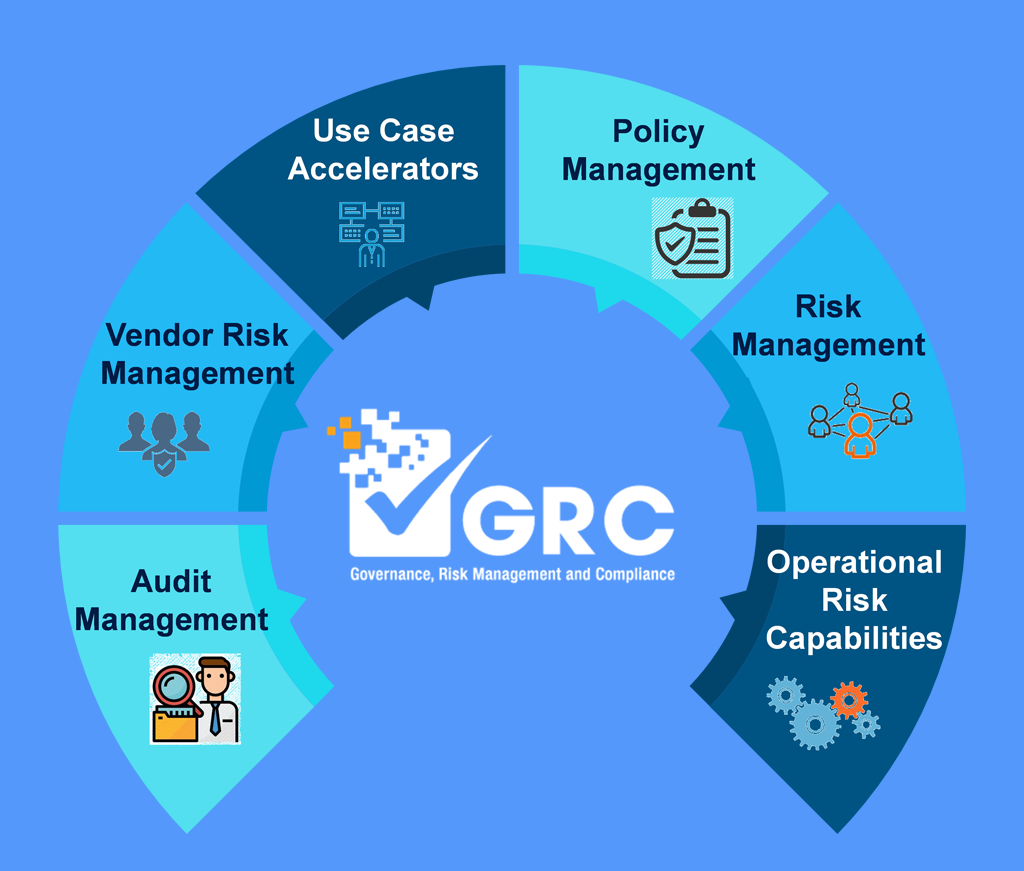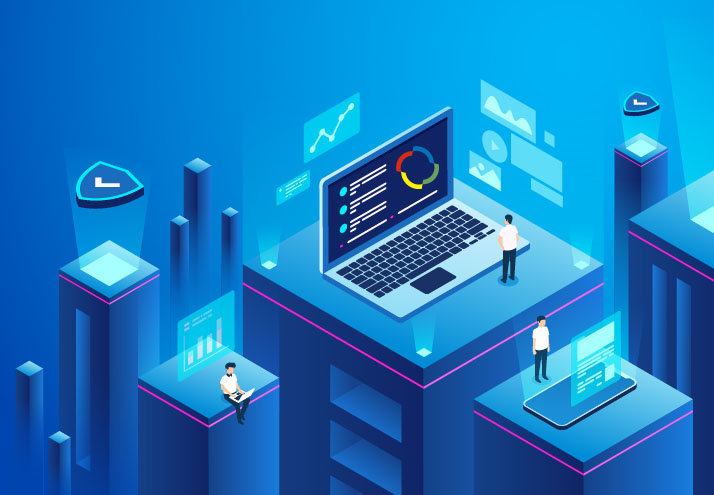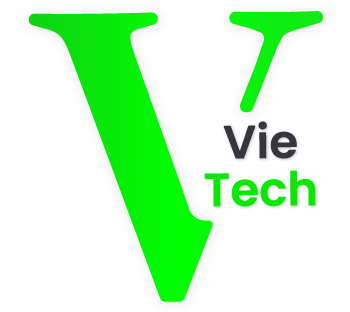All about GRC
- Home
- GRC
What Does
Governance, Risk, and Compliance Mean?
In 2007, GRC was first formally defined as “the integrated collection of capabilities that enable an organization to reliably achieve objectives, address uncertainty and act with integrity.
Governance Risk and Compliance management include corporate policies and procedures, legal matters, finance, human resources, IT, LOBs, and activities up to the actions and responsibilities of the C-suite and board of directors. To be more specific:
Governance
Corporate governance utilizes effective management and policy implementation to ensure that an organization’s activities are aligned in support of its business goals. Effective governance requires making sure vital management information reaching executives or managers is complete, accurate, and timely enough to empower proper decision-making.
It also involves providing control mechanisms, policies, and procedures that allow management decisions to be effectively and systematically executed.
Risk
Risk management means that risks or opportunities associated with an enterprise’s actions and activities are identified and addressed. Enterprise risk management, or ERM, minimizes potential damage and maximizes potential value.
The response of a given risk depends on its perceived gravity and possible impact, and can involve controlling that risk, avoiding it, or transferring it to a third party.
Compliance
Effective compliance involves making sure an organization’s activities meet the regulatory and legal standards that are applicable to them, including industry and professional guidelines. This has several aspects, starting with management processes for identifying applicable requirements, such as laws, regulations, contracts, and policies.
Next steps include assessing the current state of any compliance, evaluating the risks and costs of non-compliance, then prioritizing and executing any measures needed to reach compliance.
What is a GRC
system?
A coordinated Governance, Risk, and Compliance strategy can be compiled into a single GRC system to streamline and simplify the process for busy enterprises. Typical functions and operations to look for in effective GRC management tools include:

Governance
Strategy and enterprise performance management.
Risk management
Compliance management
Internal policies & procedures
Enterprise Content Management

Corporate security & cybersecurity
Data privacy protection
Legal and legal operations
IT
Business ethics
Sustainability and corporate social responsibility

Quality management
Human resources
Corporate culture
Audit and assurance
Finance

What’s driving the need for GRC?
There’s a “perfect storm” of factors facing organizations today dictating their need for GRC. Governance, Risk Management and Compliance. The entire landscape of risks and regulation facing them has shifted markedly in recent years…and just keeps evolving, sometimes at breakneck speed. Just some of those factors?
Regulations and enforcement are in growth mode in countries and regions around the world, especially when it comes to personal data privacy issues. Nobody expects this movement toward more rules to reverse itself any time soon, and has already created a regulatory patchwork for all kinds of companies.
The #MeToo movement is just one of the most visible activist trends affecting organizations worldwide. Consumer concerns over data privacy have driven legislation like GDPR and CCPA, and other movements may arise that organizations will need to be able to flexibly confront.
External risks from digital threats are on the upswing, whether they’re delivered by individuals or are state-sponsored. The FBI believes more than 4,000 ransomware attacks occur daily, while other research claims 230,000 new malware samples are produced every day.
They want better performance and transparency; traditionally, these have been stockholders, directors, and employees, but more consumers now want a voice in the direction of the brands and companies they support, too.
Organizations are becoming networked with an ever-growing number of third parties on both a business and regional basis, multiplying their risk factors.
The operational spends for managing and resolving risk and compliance challenges keep rising, and have already become almost prohibitively high for some organizations. This has made many turn to technology solutions to bring down those costs.
The serious and disruptive impacts of undetected risk, threats – or unidentified opportunities – can sink some businesses. Having an agile and comprehensive GRC initiative in place is one way to stay ahead of those challenges.

Turning toward GRC technology
The right GRC software solutions will empower you to tackle these challenges with much greater efficiency and centralized control, replacing outmoded manual processes (and the risks inherent in them).
Best-of-breed GRC products are Cloud-based, and provide automation of a wide range of processes, content, and forms. This streamlining isn’t just convenient for GRC officers and administrators, but for employees and other users, too, helping compliance become more accessible and pervasive.
Effective GRC shouldn’t rely on technology alone, though. It also demands implementing a strategy for the entire organization that considers the processes, roles, and people involved.
To effectively manage operations and make sure your organization is meeting compliance and risk standards, you use GRC software tools. Reliable tools will assist in identifying risks. Ideally, GRC will include operational risk, policy and compliance, IT governance, and internal auditing.
Effective Governance, Risk and Compliance solutions will allow the following features:
- Content and document management to assist organizations in creating, tracking and storing content.
- Risk management and analytics for data that measures, quantifies, and predicts risk.
- Workflow management to help companies establish, execute, and monitor GRC-related workflows.
- Audit management to simplify the internal audits process.
- An integrated dashboard where key performance measurables relevant to business processes and objectives can be visualized in real time.
GRC tools effectively help assess whether the correct have been deployed, are working correctly, and continuously improve risk assessment and mitigation.
Vie Tech (Private) Limited
Office:409-1A, Phase XI, DHA Lahore, Pakistan.
Website:www.vietech.pro
Contacts
Cell:+92 321 9443 436
Landline:+92 42 37884404
Email:info@vietech.pro
2023. All rights reserved. Designed by Vie Tech (Pvt) Ltd.
 Striving for Superiority
Striving for Superiority